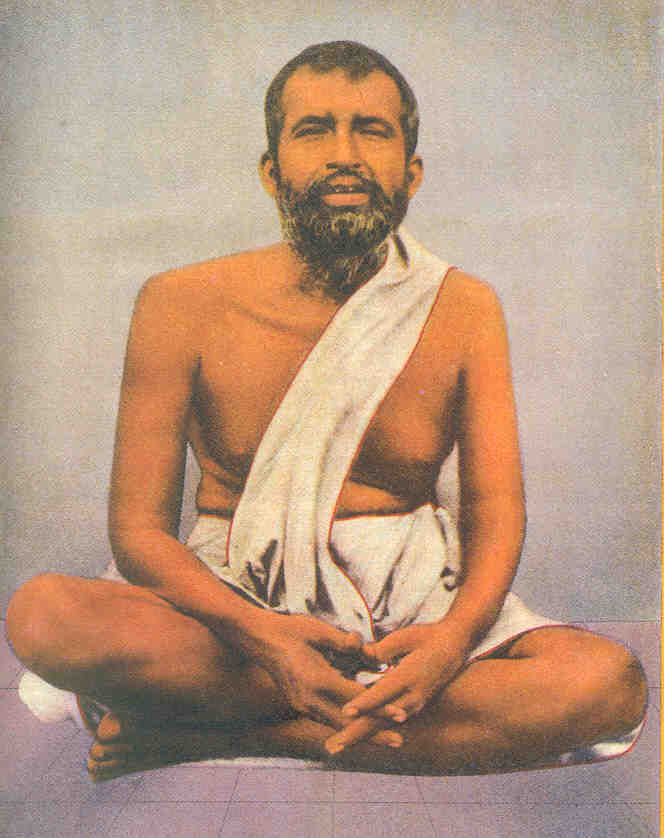All About Bharatiya Sanatana Dharmam otherwise known as Hinduism : Ch.6.2.16
24/08/2018
CHAPTER- 6.2.16
1. Hindu Rituals -2.16
2. The Ceremony-16
16. Upanayana
The most important ceremony which marks the beginning of the next stage of life—the stage of youth—is Upanayana. Upanayana is a very important Samskara. It is a landmark in the life of the child. It is his second or spiritual birth. The word Upanayana means bringing near.
The boy is brought near his Guru, spiritual teacher. The preceptor invests him with the sacred thread, Yajnopavita, and initiates him by giving him the Gayatri Mantra, and gives him a staff. This is the beginning of Brahmacharya Asrama, during which Brahmacharya—perfect or entire celibacy—is enjoined. He is to begin the life of study. The initiation makes him a Dvija, twice-born. The father and the mother gave birth to him from mutual desire. This is his physical birth. Initiation into Gayatri Mantra is his another, true birth. According to Yajnavalkya, the Upanayana ceremony is performed at the eighth year for a Brahmana, eleventh for a Kshatriya and twelfth for a Vaisya. Manu gives the age at the fifth year for a Brahmana, the sixth for a Kshatriya and the eighth for a Vaisya.
Significance of the Sacred Thread and Other Symbols :-
The sacred thread or Yajnopavita consists of three threads knotted together. He who wears the thread should have a triple control, over his mind, speech and body—thought, word and deed. The holy thread signifies the various triads which exist in the world, viz., Sat, Chit and Ananda; creation, preservation and destruction; the three states of waking, dreaming and deep sleep; the three qualities of Sattva, Rajas and Tamas; the Trimurtis Brahma, Vishnu and Siva; etc.
The staff signifies that the student should have control over his thoughts, words and actions. He who practises control over his thoughts, words and actions, and he who practises Brahmacharya in thought, word and deed, attains perfection.
The boy wears a Kaupina, a small yellow cloth and a girdle of Munja grass. The Acharya puts on him a deerskin. The new yellow cloth represents the new body. Yellow colour is a symbol of spirituality. Wearing of Kaupina indicates that the boy should lead a pure life of perfect celibacy. The girdle is wound round thrice. This indicates that the boy has to study the Samhitas, the Brahmanas and the Upanishads. The deer-skin represents the ascetic life he should lead.
NEXT :- 17. Samavartana, 18. Vivaha, 19. The Last Two Stages Of Life
To be continued ..



.jpg)

Comments
Post a Comment